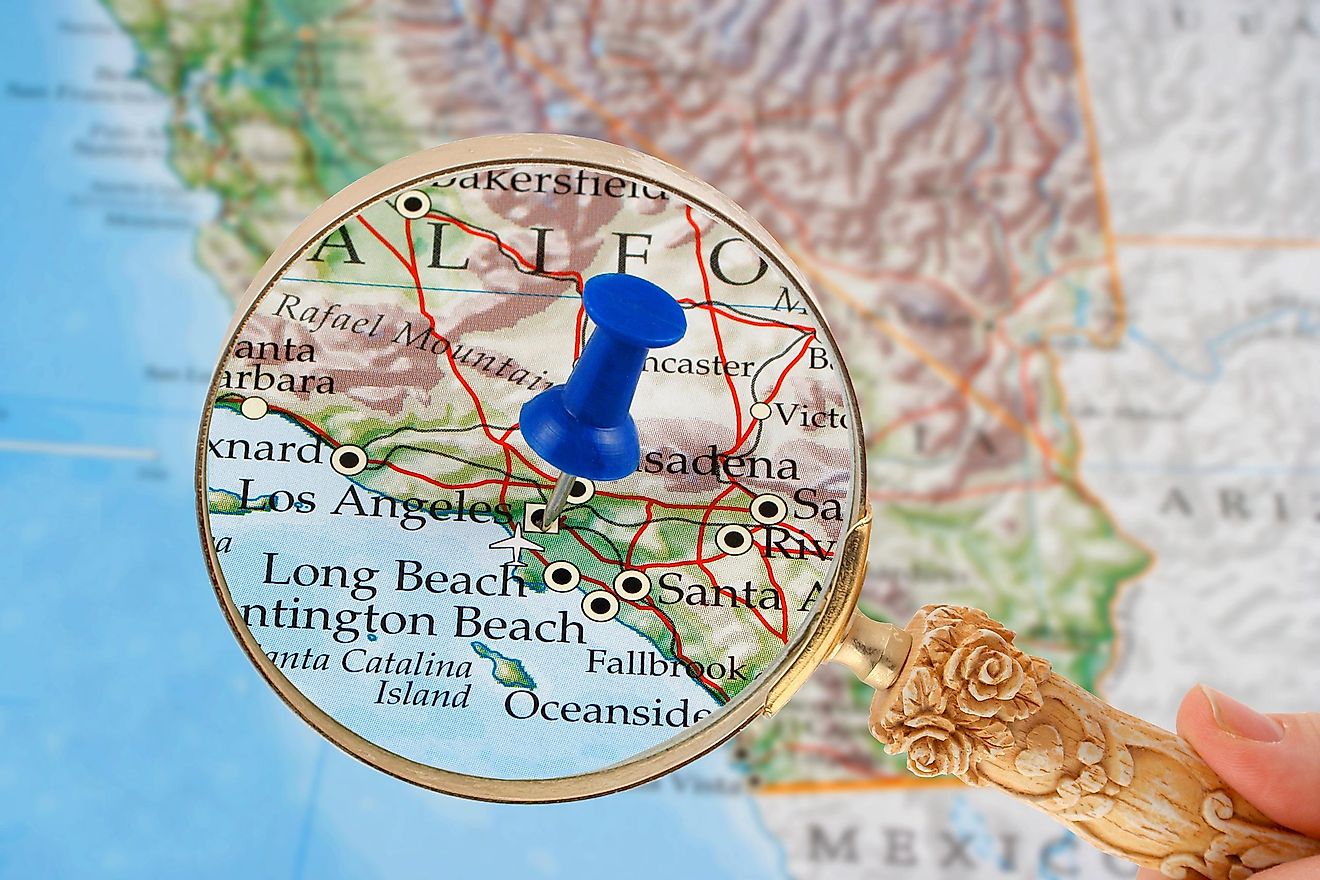How Do Places Get Their Names?

How Do Places Get Their Names?
How would the world be if places had no names? Obviously, it would be chaotic and full of confusion. It is, therefore, important to give places names for identification purposes but also to help in distinguishing one place from another. There is always a story behind a name that has been given to a place or a person. Different methods and means are used in naming places. Some places within a region may share names with a slight variation. It is also possible to get two or more separate places in different countries or regions sharing a name. Place names are primarily divided into names of natural features and names of settlements. The study of place names, their origin, meaning, pronunciation, and use is known as toponymy. Toponymy is a branch of onomastics which is the study of names of all kind. The names of places provide the most meaningful and accurate geographical reference system in the world.
The Geographical Names
Accuracy and consistency are required in naming places to prevent confusion. Toponymists use a well established local principle and procedures in line with the principles of the UN Group of Expert on Geographical Names to establish the geographically recognized names. A toponymist does not only rely on maps and history of the local place but also interviews with the local people to establish names for the local places. The specific language, the pronunciation, and origin of the name are important considerations in naming a place. Toponymy provides insight into the historical geography of a place. It is also responsible for the preservation the region’s culture and history through the names given to the place.
Conventional Naming Systems
The naming systems vary from one country or place to another. The names of places frequently refer to particular people, administrative activities, historical occurrences, or geographical features. In some countries like the US, some specific departments or authorities are responsible for the naming of significant places. Systems are also put in place that include negotiations with the local people before a name can be given to a place. The most common methods of naming places include the use of names of prominent people in the region or countries. Some places are also named after a phenomenal occurrence or activity.
Examples of Place-Naming
Place names in the US are easily traceable to their origins since most of the places are named after their founders or politicians at the time. Some of the places in the US named after prominent people include Washington DC (George Washington), Cleveland (General Moses Cleveland), and Denver (James W Denver) among other famous names. Most of the streets and avenues of the main cities and towns around the world are also named after prominent people in that city or town. Most places in England derived their names from rivers upon which they were built. Some of these cities have changed their names with the changing of the names of the rivers. For instance, Cambridge was initially named Grontabricc which was a bridge on Granta, but it was changed to the present name when the river was renamed, Cam.











